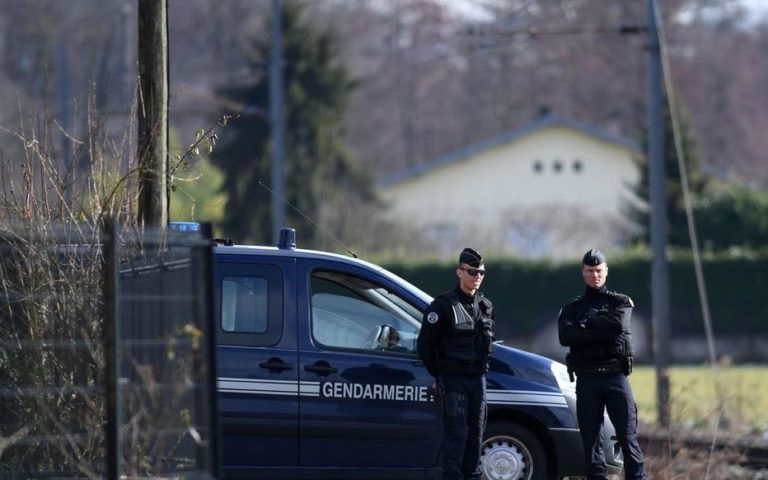Scientific advances have made a blood trail speak for itself
Maëlys: how scientific progress made a microscopic trace of blood talk
FRANCE 3 : 09.12.2019
They escaped the meticulous cleaning of Nordahl Lelandais. Then, at first, from the attention of the investigators. It is micro traces of blood, discovered under floor mats, in the trunk of the Audi A3 of the suspect of the homicide of Maëlys de Araujo, which allowed to confound him and to extract a confession.

In the last ten years, science has made spectacular progress in making tiny bloodstains speak for themselves. “In 2000, a trace of half a centimetre was needed to identify a victim, but today it can be done when the traces are not visible to the human eye,” explains Colonel Patrick Touron, the director of the Gendarmerie’s criminal research institute (IRCGN).
Nylon instead of cotton
For a criminal, it is becoming increasingly difficult to remove evidence. “The blade of a knife may have been carefully cleaned, and by taking the object apart, we can find traces inside the handle that will be useful, even if there is not much left. Or in the case,” says Marie-Gaëlle Le Pajolec, co-director of the Institut Génétique Nantes Atlantique (IGNA).
Over the past ten years, the whole chain leading to the identification of victims from their blood has evolved, starting with the detection of blood cells. “Blood developers such as Bluestar allow us to find invisible traces. There are also devices that trigger lights at particular wavelengths,” continues Marie-Gaëlle Le Pajolec. These are the kind of tools that were used to find the micro traces of Maëlys’ blood.
The next step, sampling, has also been perfected. “We used to use swabs with cotton stems where moulds could grow. Today, we use swabs with nylon stems that dry much faster,” adds the IGNA expert.
Study the projections
Extracting DNA from the cells and duplicating it for investigative purposes (‘amplifying’ it in scientific language) is also made easier. “Blood is a very rich material in DNA. From very small traces, it is now possible to obtain fingerprints. For DNA extraction, we have much more efficient kits than ten years ago,” says Marie-Gaëlle Le Pajolec. This stage, which used to take a week, now only takes a few hours…
Investigators can also count on the experts in morpho-analysis of blood traces from three French centres, including the IRCGN and the IGNA. This discipline, developed in France since the end of the 1990s, makes it possible to develop scenarios based on blood projections: was the victim hit? Were there several protagonists? As in the case of Maëlys, the size, shape and distribution of each drop of blood are carefully examined.




















